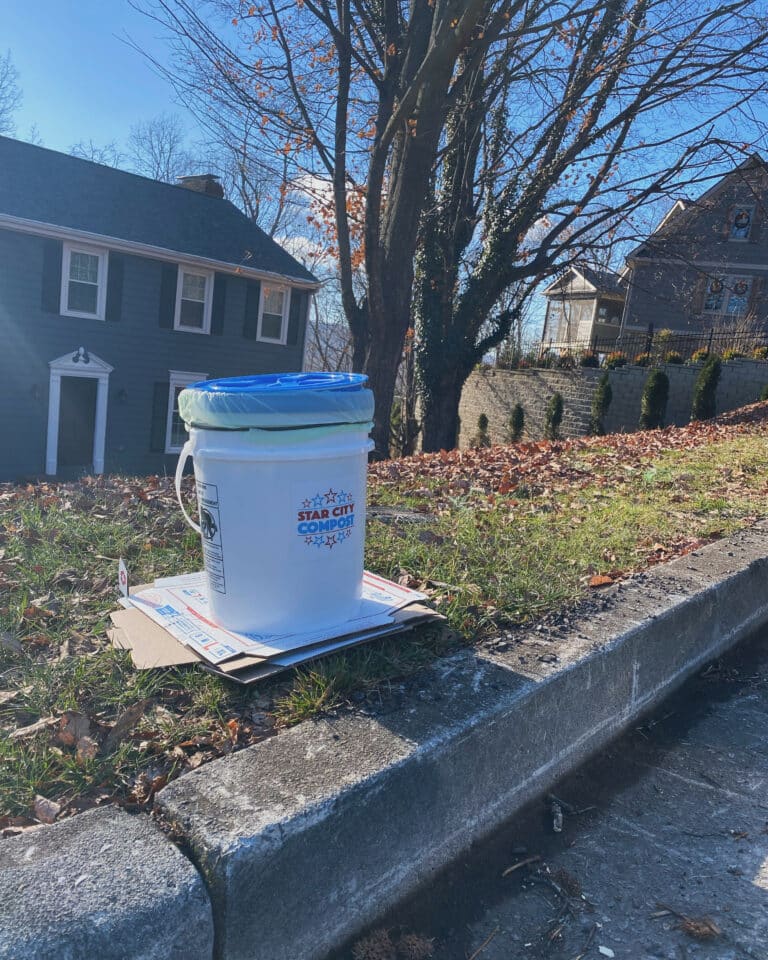In my mid-twenties I went to school to become a wilderness EMT. During my training, I had no idea that the biggest blow my adventurous lifestyle would ever deliver had already been dealt. A slurry of destructive pathogens was spreading throughout my body, the result of a long forgotten tick bite.
Chronic Lyme is the term that describes a severe, late-stage form of the disease, one that occurs long after an initial infection went unnoticed or undertreated. In my case, I had experienced sporadic bouts of troubling symptoms for years, and been systematically written off by doctors as a hypochondriac. By the time I was finally diagnosed, the infection had spread to my brain.
As my muscles weakened and I shook with tremors, my outdoorsy life fell apart. Gone were the days of biking through the Pisgah and paddling with my husband of only three months. Each day brought a new symptom—from paralysis and pain to convulsions and memory loss.
You would be hard pressed to find a disease more controversial than Chronic Lyme. Patients like myself wish only to recover and reclaim our normal lives. Instead, we find ourselves in a perilous position: stuck between insurance companies who deny the existence of the disease, a woefully inadequate standard of care, and the medical establishments that threaten the livelihood of the few Lyme-literate doctors who are saving our lives.
After my suspicions of Lyme deepened, I visited five different doctors, but each one refused to administer the blood test. It was only after I wound up in an ER in Vermont that a doctor finally ordered the blood work. Although the current test is notoriously unreliable (with only a 65% sensitivity, and up to 50% of the results are false negatives), mine was glaringly positive. The doctor called to deliver the results, adding before she hung up, “I’m not sure why you even want to know this. Nobody in the South will help you.”
Despite her warning, I was able to find a Lyme-literate doctor in North Carolina, and began a strict regimen of long-term antibiotics, anti-malarials, and medicine used by HIV patients.
I swallowed my first handful of pills on January 25, 2016, and in the year that’s followed, I’ve seen a slow progress. Due to a painful die-off process, it’s been an agonizing recovery. Still, I consider myself lucky. If I had not responded to oral antibiotics, I would have been switched to IV infusions. Some patients even resort to chemotherapy.
I know very few friends who’ve been caught in an avalanche or knocked unconscious by rock fall, yet every single one of us has been exposed to ticks. Still, when I talk about my multi-year battle with Lyme, I’m met with confusion and blank looks.
Ticks live in the places that we like to play, leaving the outdoor community at greater risk for infection. Why is this ubiquitous and devastating threat missing from our conversation?
In the Southeast alone, I’ve amassed a sizeable community of people who were once avid runners, paddlers and climbers. After developing Chronic Lyme, they became too disabled to keep up within their active circles. They simply disappeared from the scene altogether, just as I did. Our stories, and the lessons they hold, go unheard.
I’m still too weak to climb, but I’m able to read and write again, and enjoy moderate hikes. My voice grows stronger as my illness retreats, and my message is simple: Chronic Lyme does not have to happen to you. The disease is preventable, but only if our community wakes up, knows the signs, demands effective treatment, and reconnects with those who are already suffering.
5 tips for lyme disease prevention
1. Be Aware of the Risks
Lyme Disease has been identified in all 50 states and in every continent except Antarctica. In climates with a mild winter, ticks remain a threat all year round.
2. Avoid the bite
Wear long pants and sleeves while outside, tuck your pants into your socks, and spray all clothing with DEET-repelling insecticide. Natural insect-repellents made with essential oils are available but may not be as effective.
3. Perform a nightly tick-check
It’s unclear how quickly a tick can transmit the Lyme bacteria after attaching to your skin, so your best bet is to remove the tick as soon as possible. Perform a full-body tick check every night after being in the grass or woods.
4. Get a Second Opinion
If you exhibit flu-like or unexplained symptoms after a tick bite and your doctor recommends not treating, or if your symptoms persist after treatment, seek a second or third opinion. You may discover that opinions about Lyme diagnosis and treatment vary widely amongst doctors.
5. Get Educated
For more information on preventing, recognizing, and treating Lyme Disease, visit the International Lyme and Associated Disease Society at www.ILADS.org








